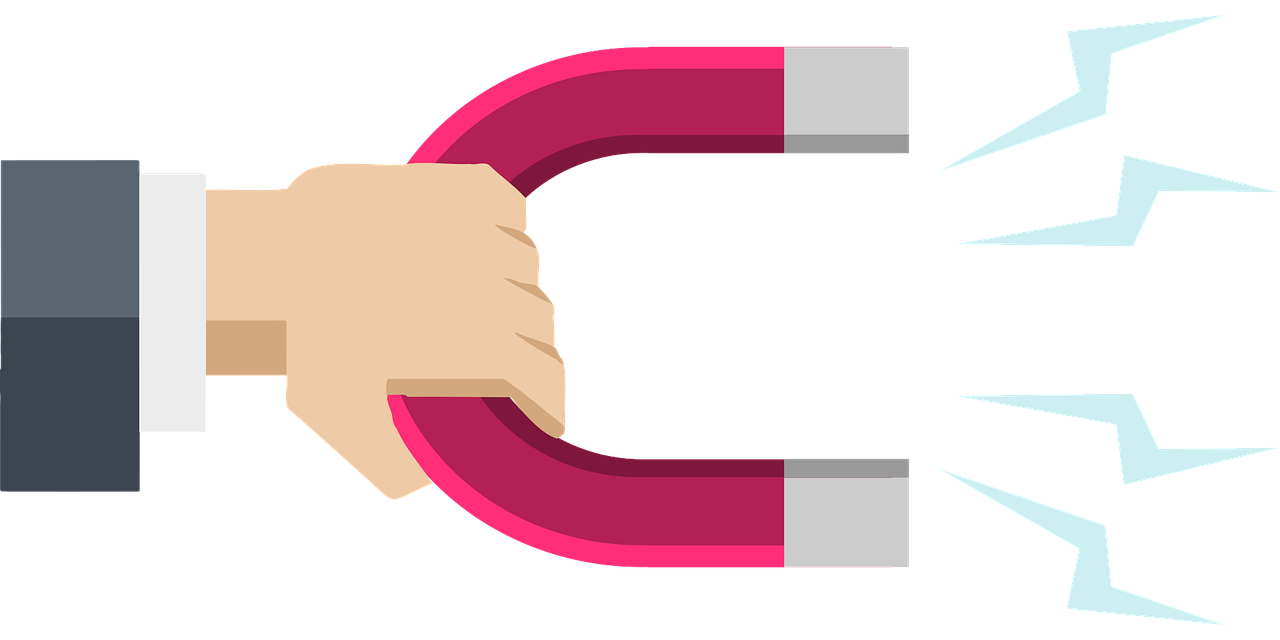You will be surprised to see how many magnets there are in your house and how important they are to you. Many of you may have used many of them as toys in school, but surprisingly magnets are used more than most people think.
Medical Use
 Magnetic resonance imaging is also called MRI, uses powerful magnets and radio waves to give doctors an insight into the human body. Doctors use powerful superconducting magnets in MRI machines that photograph the inside of their patients in a non-invasive way. Biomedical engineers have created computer images of the body’s interior made with magnetic fields between atoms in the body, known as MRI (magnetic resonance imaging). The magnetic strength of the magnetic field of the MRI is about 1,000 times stronger than that of the Earth’s surface. Engineers need to understand everything about the properties of magnets, including how the geomagnetic field works. They also need to learn how magnetic fields work before they can launch a satellite into space.
Magnetic resonance imaging is also called MRI, uses powerful magnets and radio waves to give doctors an insight into the human body. Doctors use powerful superconducting magnets in MRI machines that photograph the inside of their patients in a non-invasive way. Biomedical engineers have created computer images of the body’s interior made with magnetic fields between atoms in the body, known as MRI (magnetic resonance imaging). The magnetic strength of the magnetic field of the MRI is about 1,000 times stronger than that of the Earth’s surface. Engineers need to understand everything about the properties of magnets, including how the geomagnetic field works. They also need to learn how magnetic fields work before they can launch a satellite into space.
Mechanic Use
When it comes to the strongest magnets out there, you won’t find them in someone else’s fridge. A magnet’s electric generator converts mechanical energy into electricity, while a motor uses the magnet to convert the current back into mechanical work. An electrically operated magnetic crane grips and moves a large piece of metal for recycling. Some weigh thousands of pounds and can cause severe damage to vehicles.
A somewhat more powerful superconducting magnet is in operation at Japan’s National Institute of Materials Science. The Magnet Lab houses one of the most powerful superconducting magnets in the world, a 900-megahertz machine that uses a field of 21 tesla, which delivers a magnetic field roughly 1,000 times that of a human hair. Researchers are also aggressively investigating how superconducting magnets can be used in floating trains.
Electronics
 Small speakers, which are found in computers, televisions, and radios, are used as magnets as well as small magnets for small electronic devices such as keyboards and mouse. Even if you are not a permanent magnet, you are aware that our entire technological life is driven by devices and is based on magnetism.
Small speakers, which are found in computers, televisions, and radios, are used as magnets as well as small magnets for small electronic devices such as keyboards and mouse. Even if you are not a permanent magnet, you are aware that our entire technological life is driven by devices and is based on magnetism.
Magnetism and electricity are very much used in technology, and the science behind them is used for the daily use of magnets, such as the reception of metal objects. Magnets are also used to store memory in computer hard drives and to convert electricity into motion. Magnets attract and repel other magnets, and they can also be attracted and repelled by other magnets, for example, in the steering wheel of a car or the power supply of a computer.…

